Clearing the Confusion – The Origins of the Irish term “Townland”!
Explore the concept of the Irish townland, a key to unlocking personal ancestry. Each townland is not just a part of the landscape but a vital link to familial histories.
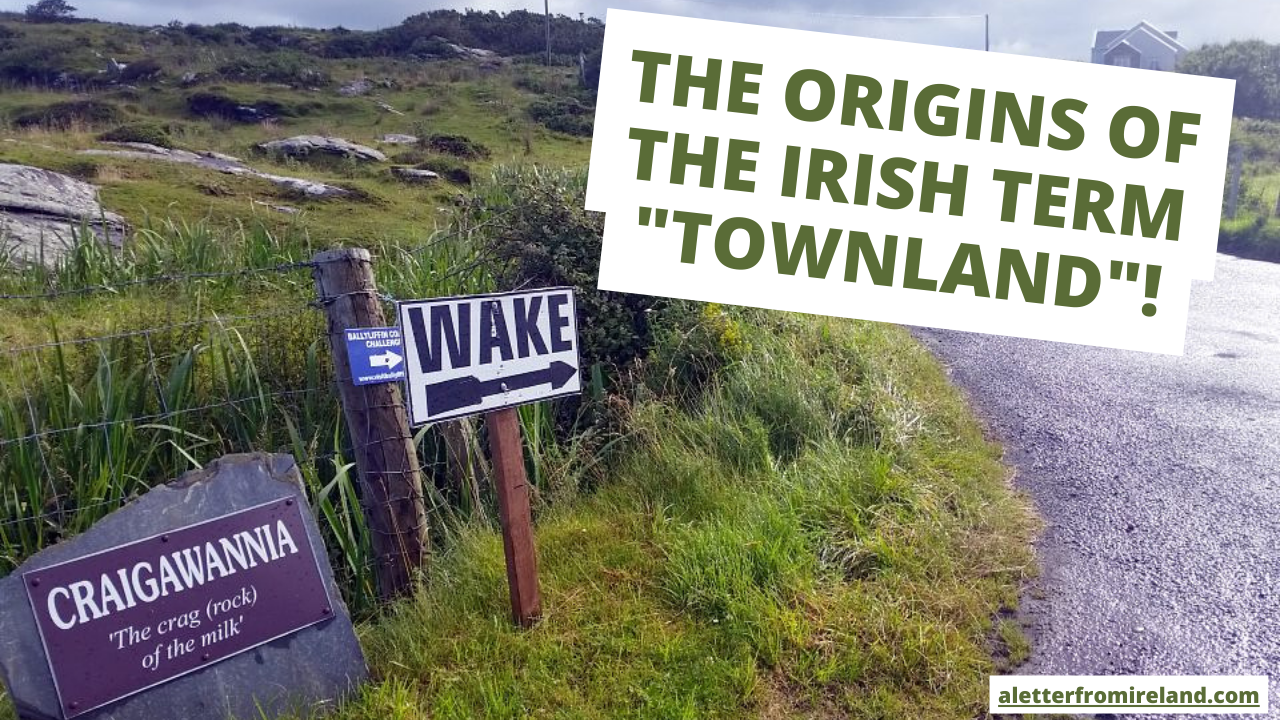
Céad Míle Fáilte – and welcome to your weekly Letter from Ireland. The weather is all over the place this week – unable to decide whether to head towards winter or summer! How are things in your part of the world today?
It’s Barrys Tea for me this morning, and I hope you’ll have a cup of whatever you fancy yourself as you join me for today’s Letter.
A few days ago, we headed west to the village of Ballydehob in West Cork travelling on to the townland of “Foilnamuck” where my father was born. The name “Foilnamuck” comes from the Irish for “Cliff of the Pigs” (it loses something in translation). So, I thought, let’s make that the subject of today’s letter – the origins and meaning of the Irish term “Townland”.
The Origins of the Irish Townland – Clearing the confusion!
Des Dineen from Melbourne in Australia, sent on the following during the week:
“Hi Mike,
I have been fortunate to locate the townlands for many of my Irish ancestral lines. Looking at all my fellow members in the USA and even in other states of Australia I realise that my success is mainly due to being born in the state of Victoria, Australia. Our records give a place of birth which often contain the Irish county and townland. These records have provided the following townlands for my various Irish ancestors:
- Corrigan – “Dunaree” Townland, Co Monaghan
- Walsh – “Oola”, Co Tipperary
- Brennan – “Muckalee”, Co Kilkenny
- McKeown – “Killough”, Co Down
- Donohoe and Fitzpatrick – “Kilfenora”, Co Clare
- Fox – “Ballygastell”, Co Clare
- Harkin and Dillon – Ballyteige, Co Clare
As you can see from the above list, numerous names like Walsh, Brennan would have been impossible to trace to the townland if I didn’t have the wonderful BDM certificates here in Victoria, Australia.
On a final thought, it’s amazing that the town of Dromana (just south of Melbourne) where we have spent our summer holidays for many years has such a strong link with the Irish townland of the same name and our Irish Fitzgeralds.
Sláinte, Des Dineen.”
How lucky you are indeed, Des – you have some great ties back to the homeland there! Now, apart from Des reminding us of the wonderful Melbourne weather he also pointed out his interesting ancestral links between a suburban Australian beach town and a small townland in the south of Ireland.
Maybe you have heard the Irish term “townland” before? If you have examined most Irish record sets – you will notice that Ireland is divided administratively into:
- Counties
- Then: Civil Parishes
- Then: Townlands (or streets if in a city or town!)
However, the thing that most confuses people is the misleading word “Townland”. You see, it has nothing to do with a “Town”!
So, how did the word “townland” come about? Well, a “townland” is a slight mistranslation from the original Irish – “baile fearainn” (pronounced “bal-ya far-in”) which is more appropriately translated into English as “home land” or “home territory”. “Baile” can mean either “town” or “home” in English. So, you could say that “Townland” is a mistranslation of the term “baile fearainn”. However, we are stuck with it at this stage!
Many townland names (such as the ones that Des supplied above) have been used in Ireland for well over a thousand years. In fact, the Normans, and later the English, adopted townland boundaries for use in their administrative boundaries and then rolled up groups of townlands into civil parishes. The use of townland names has prevailed in Ireland from earliest times right up to today. Ask one of your ancestors where they came from and they would often give the county, the nearest town or city and the actual townland name where they lived.
The name of my father’s townland “Foilnamuck” – meaning “cliff of the pigs” usually describes an long-forgotten feature of the landscape contained within that townland. For example, “Dromana” comes from the Irish “drom eanigh” translating to English as “ridge over the marshes”. This is a classic descriptive name for an Irish townland – one that explicitly spells out a feature and makes a place recognisable in conversation.
It also shows the extraordinary reach and longevity of these townland names. Dromana made its way from being an ancient “homeland” in Ireland and was carried over to Des Dineen’s Australian backyard during the gold rush of the 1830s.
Thanks again, Des for sharing those townlands within your own Irish Ancestry – and for prompting us to chat about townlands in general. How about the rest of our readers? Do you know the Irish townland or origin for your Irish ancestors?
That’s it for this week,
Slán for now,

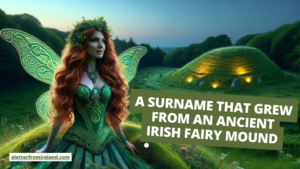
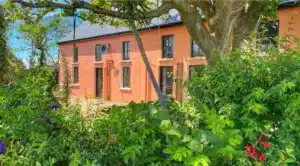
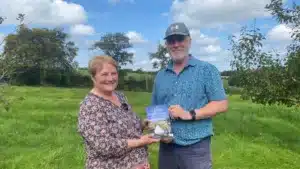
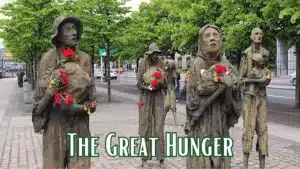
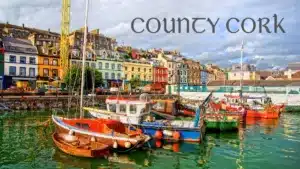
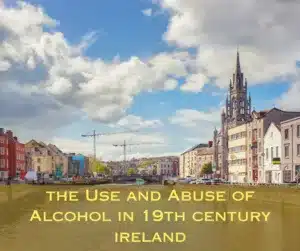
Only Plus Members can comment - Join Now
If you already have an account sign in here.